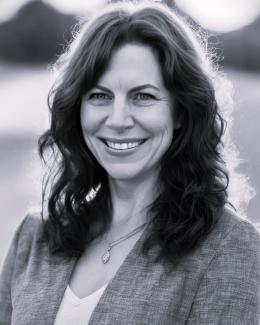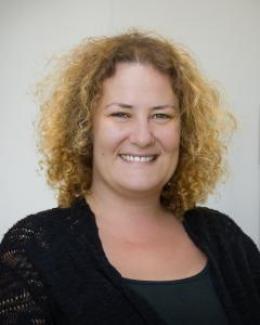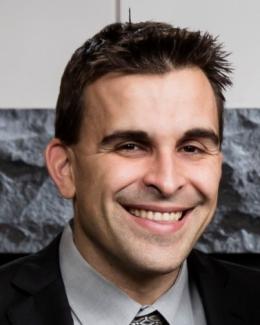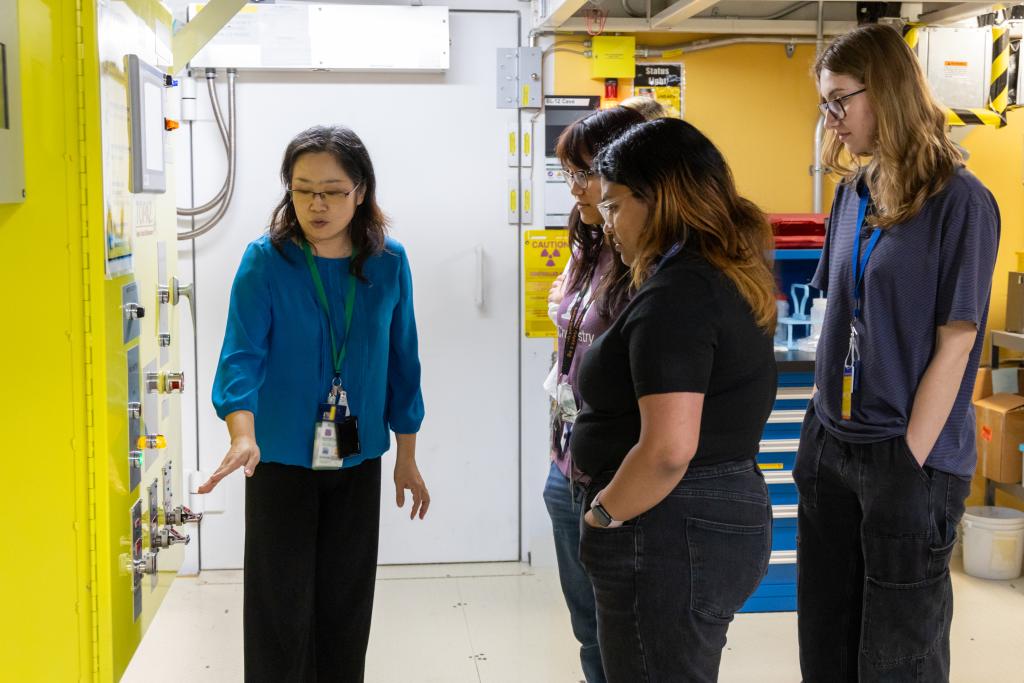
It isn’t every day students get to learn the ins and outs of advanced scientific techniques at national laboratories. But two weeks out of the year, a small cohort get to do just that through the National School on Neutron and X-ray Scattering, or NXS.
Co-hosted annually by three of the Department of Energy’s Office of Science user facilities, this year’s school kicked off at Argonne National Laboratory’s Advanced Photon Source and concluded at Oak Ridge National Laboratory’s Spallation Neutron Source and High Flux Isotope Reactor.
“Through hands-on workforce development, NXS represents our commitment to excellence in maintaining the nation’s leading edge in neutron scattering and basic science,” said ORNL Director Stephen Streiffer. “NXS also exemplifies the pursuit of scientific discovery through collaboration, and we are proud partners with Argonne’s Advanced Photon Source.”
Each year, more than 200 graduate students in North America studying physics, chemistry, engineering, biological sciences and more compete to participate in NXS. However, given limited space, only 60 can be accepted.
I used to think scattering was a fraction of what I could apply to my project, but to see all the different things I can learn about my materials from the different techniques is amazing.
“Introducing the amazing capabilities and opportunities our nation's facilities offer to early career researchers addressing the frontiers of science and engineering is incredibly rewarding,” Katherine Page said, NXS lecturer, assistant professor in materials science and engineering at the University of Tennessee, Knoxville, and joint faculty in the Neutron Scattering Division at ORNL. “The enthusiasm, questions and insights of attendees each year are invigorating – the future is bright!”
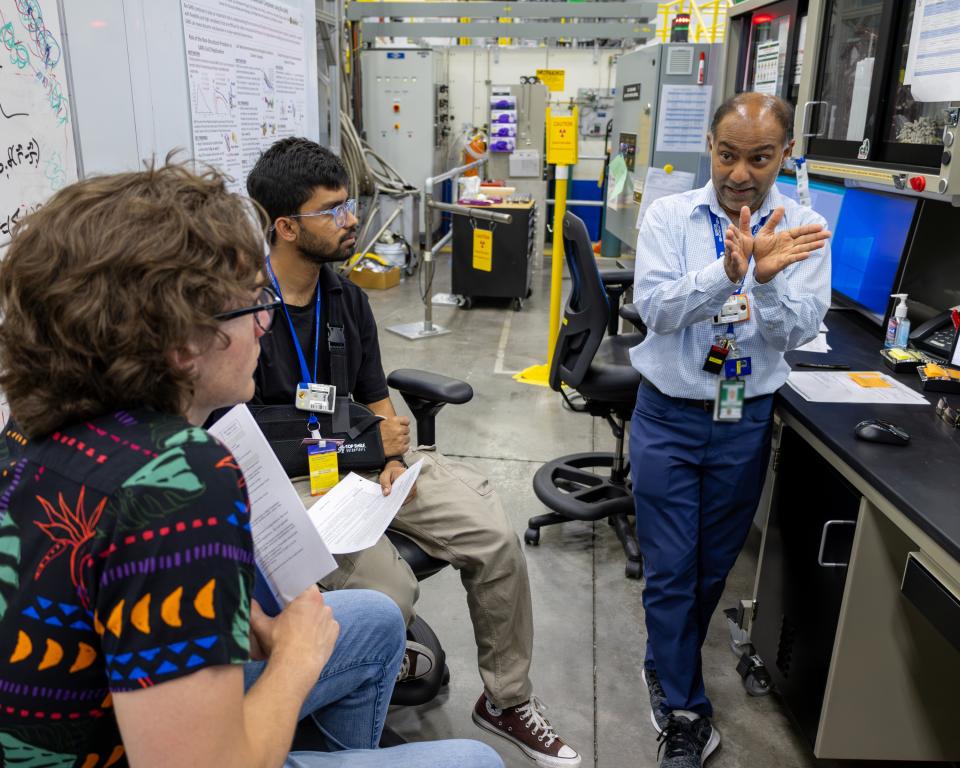
Selected attendees, typically in their second or third year of graduate school, gain hands-on experience with neutron and X-ray scattering techniques through lectures, experiments and tutorials. The lectures, presented by researchers primarily from academia and national laboratories, focus on the principles of scattering theory and characteristics of sources, as well as on the application of scattering methods for various scientific subjects.
“The lectures have provided insights I was missing before,” said NXS attendee Caleb Ramette, a graduate student at the University of Utah. “I’ve spent several years intensely studying diffraction patterns, but to come here and listen to all of that information condensed down into concise lectures that are tailored to the problems I am working has been really helpful.”
Students also conduct several hands-on in-person experiments and participate in tutorials at SNS, HFIR and APS, spanning a range of techniques specific to the students’ research interests.
I've learned a lot about X-ray science and neutron science and have gotten some different ideas about how to apply both to my PhD project.
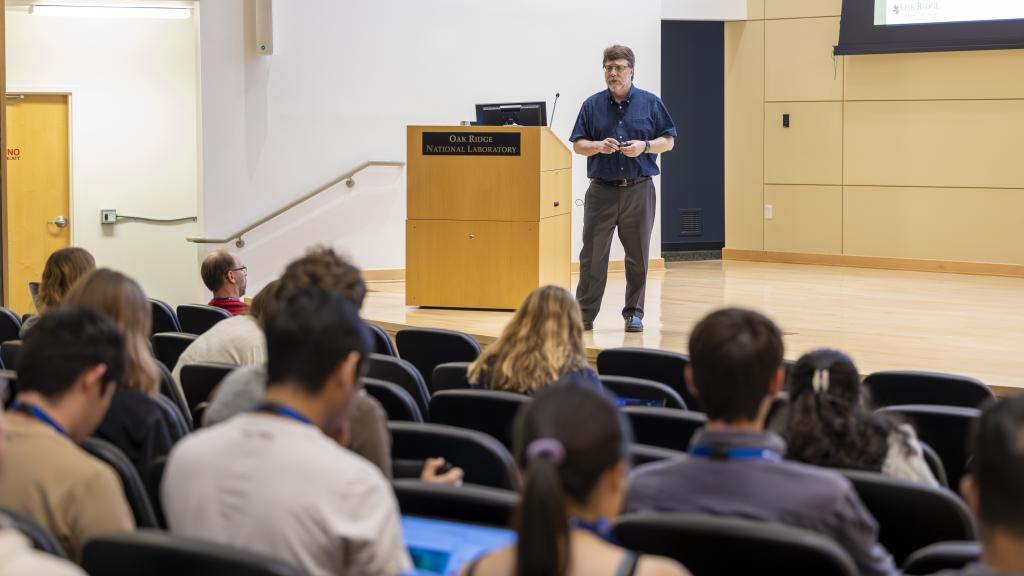
“Scattering is the most exciting way for me to study the materials I am making,” said NXS attendee Anya Mulligan, a graduate student at the University of California, Santa Barbara. “I’ve never done a beamline experiment before, and this experience has expanded my field of view. I also had not seen a national lab. Getting to see the equipment and talk to beamline scientists has given me so much more perspective on what I can do. I really thought I would be an industry engineer. Now I think a national lab could be a really great place to work. The people I’ve met so far seem really happy.”
At this time in their research career, the students typically know what their research will focus on yet still have sufficient time to incorporate additional techniques and approaches.
“There are experiments I have been trying to figure out and plan but didn’t have enough familiarity to know there are certain problems I didn’t need to solve,” said Erick Lawrence, a graduate student at the University of California, Santa Barbara. “It has been great talking with the beamline scientists as we iterate on other problems I will need to address. But what impresses me most is how helpful the people are and how interested they are in giving help.”
The students bring broad diversity to the school: some possess a strong background in neutron scattering, X-ray scattering, or both, whereas others and their advisors know little about how neutrons can further their research. However, by the time the students complete NXS, that has changed.
It's great to have opportunities to network with the beamline scientists and my student cohort. Most of us are going into this field in the future, so it is truly a great platform.
“Before graduate school, I knew nothing about neutron scattering,” said Yuxuan Zhang, a neutron scattering scientist at ORNL. “The school taught me about the techniques and how they can help me with my research. Now, I help users make the most of their beam time and participate in NXS as a lecturer and experiment facilitator.”
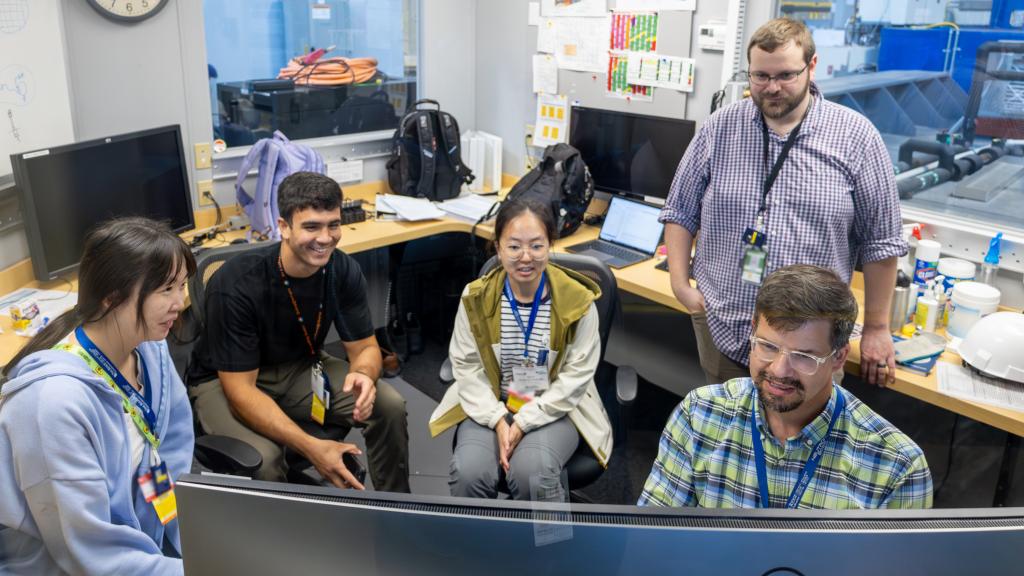
Zhang works on the High Flux Isotope Reactor’s MARS instrument, which researchers use for its imaging capabilities in applications in additive manufacturing, materials science, geoscience, biology, energy and transportation. During NXS, he lectures and conducts hands-on experiments to measure objects students relate to. This year, Zhang brought a broken hard disc drive for the students to take microscale images of and perform a basic analysis.
During the COVID-19 pandemic, NXS facilitators presented the school virtually. Recorded course material is available here. This year’s school started at Argonne on July 28 and concluded at ORNL on August 9.
UT-Battelle manages Argonne and ORNL for DOE’s Office of Science, the single largest supporter of basic research in the physical sciences in the United States. The Office of Science is working to address some of the most pressing challenges of our time. For more information, visit energy.gov/science.
— Sumner Brown Gibbs
